Industry information
Company News
- Curtain wall aluminum veneer: the fashionable choice for modern architecture?
- Aluminum veneer curtain wall, the "coat" of modern architecture
- 2. Unique creativity, carved aluminum veneer leads the trend of architectural aesthetics. 3 Carved aluminum veneer:
- Punched aluminum veneer: the fashionable choice for modern architecture?
- Punched aluminum veneer: the secret weapon of architectural aesthetics!
Industry dynamics
- Fluorocarbon aluminum veneer: the fashionable new favorite of modern architecture
- Punched aluminum veneer: creating a new trend in modern architecture
- Carved aluminum veneer: a low-key luxury art in modern architecture
- Punched aluminum veneer: a unique element for creating modern architectural art
- Evaluation of sound insulation performance of aluminum veneer
Frequently asked questions
- What are the product characteristics of aluminum veneer?
- What are the applications of aluminum veneer in architectural decoration?
- How to improve the product quality and performance of aluminum veneer?
- What is the sales market for aluminum veneer?
- What safety issues should be paid attention to in the production and manufacturing of aluminum veneer?
contact us
Mobile:+86 15627778610
Email: 2201229786
Address: No. 5 Binjiang Road, High tech Zone, Zhaoqing City, Guangdong Province
What is the cost-effectiveness of aluminum veneer?
- Author: Supreme Building Materials (Guangdong) Co., Ltd
- Release time: 2022-03-08 04:35:11
- Click:0
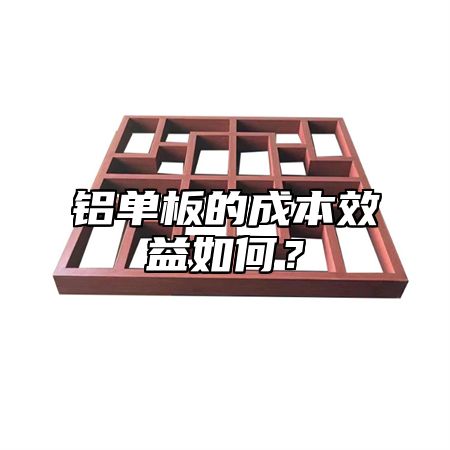
Aluminum veneer, as a common building material, its cost-effectiveness is one of the important considerations for customers when choosing to use this product. This article will provide a detailed introduction to the cost-effectiveness of aluminum veneer.
1、 Production cost
The production cost of aluminum veneer mainly includes raw material procurement cost, labor cost, equipment depreciation cost, etc. Compared to other building materials such as tempered glass and stone, the production cost of aluminum veneer is lower, which is also one reason why the price of aluminum veneer is relatively affordable. Environmental protection issues need to be taken into account during the production process to reduce the impact on the environment.
2、 Installation cost
The installation cost of aluminum veneer mainly includes labor costs, transportation costs, construction equipment rental costs, etc. Compared to other building materials such as stone and wood, the installation cost of aluminum veneer is also lower. This is because aluminum veneer is lightweight, strong, and corrosion-resistant, which can effectively reduce the manpower and material investment during the construction process.
3、 Maintenance cost
The maintenance cost of aluminum veneer is relatively low, mainly including cleaning costs, repair costs, etc. Compared to other building materials such as stone and wood, the maintenance cost of aluminum veneer is also lower. This is because the surface of aluminum veneer is treated with anodizing or fluorocarbon spraying, which has good weather resistance and corrosion resistance, and can effectively prevent buildings from being affected by wind and rain.
4、 Service life
The service life of aluminum veneer is relatively long, generally reaching more than 20 years. Compared to other building materials such as stone and wood, aluminum veneer has a longer service life and can effectively reduce the frequency and cost of replacement and maintenance.
5、 Economic benefits
The cost-effectiveness of aluminum veneer is mainly reflected in long-term use and maintenance. Compared to other building materials such as stone and wood, although aluminum veneer is relatively affordable, it can effectively reduce the frequency and cost of maintenance and replacement during use, thereby improving economic efficiency.
Aluminum veneer, as a common building material, has cost-effectiveness in terms of production cost, installation cost, maintenance cost, and other aspects. These advantages make aluminum veneer an economical and practical building material with high market competitiveness.

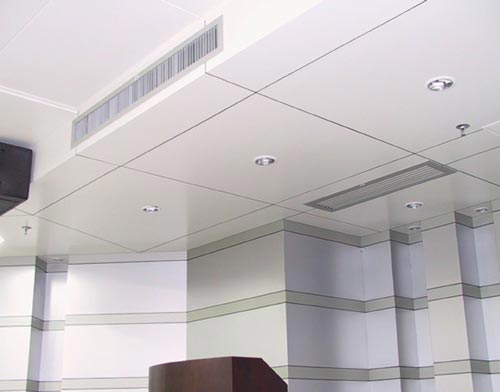
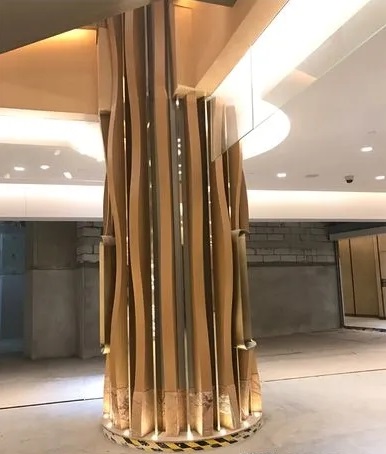

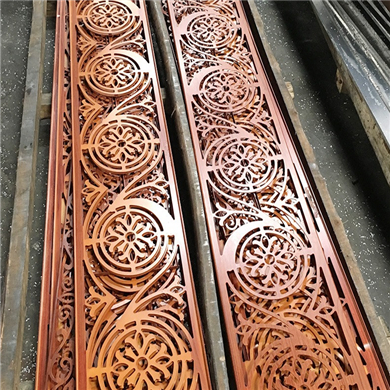
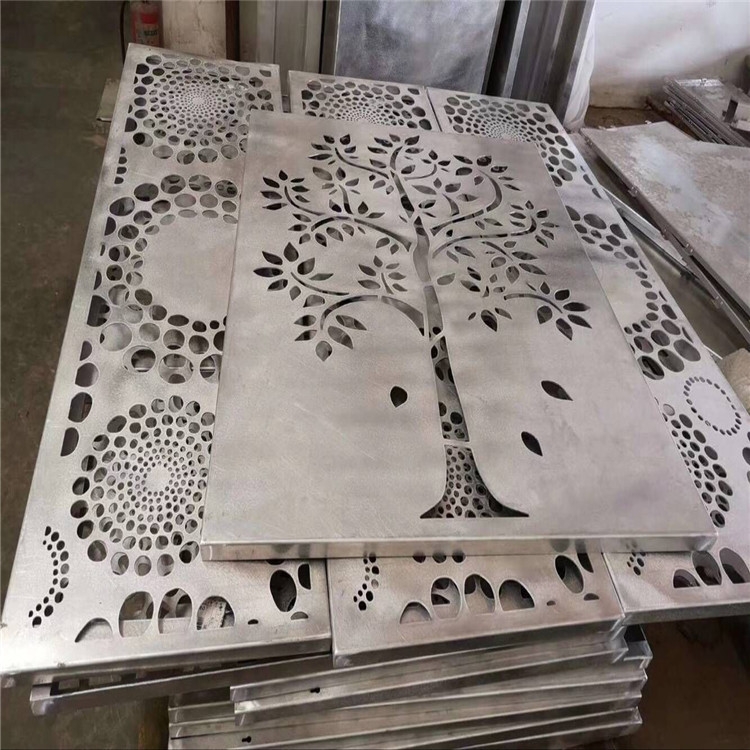
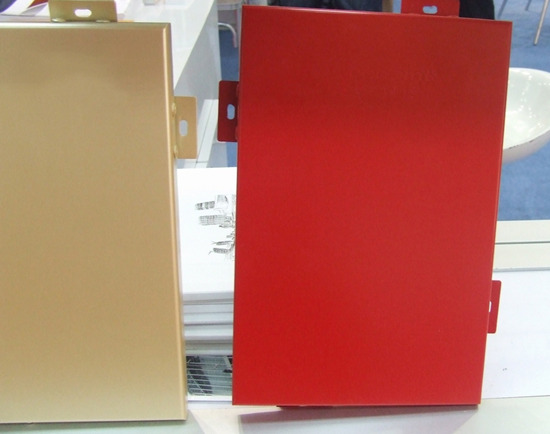
 Customer service QQ
Customer service QQ